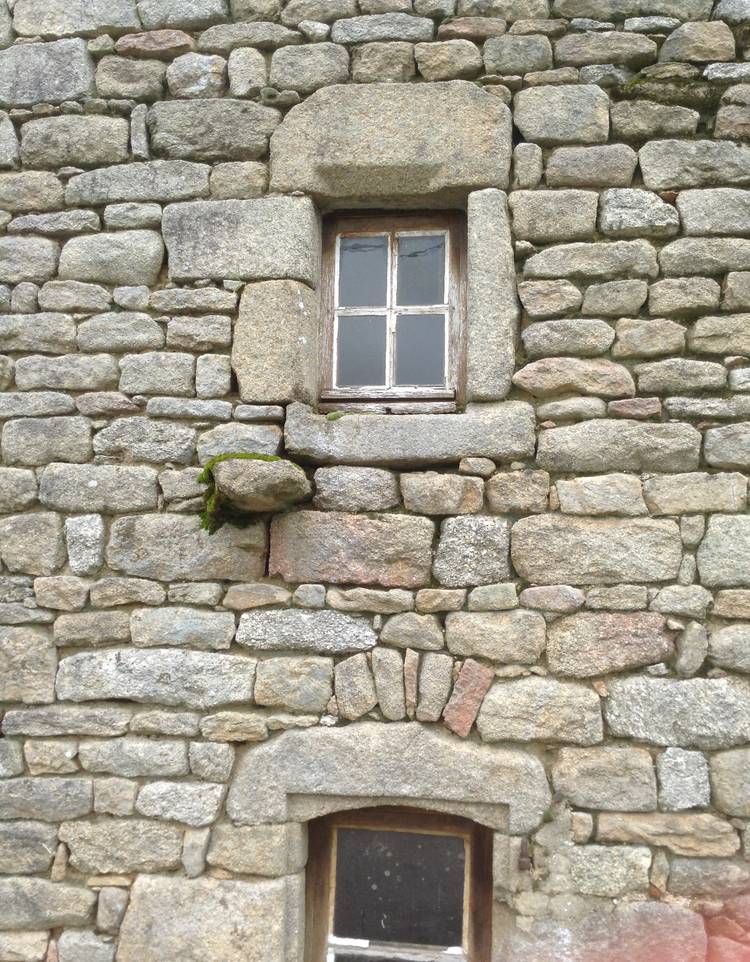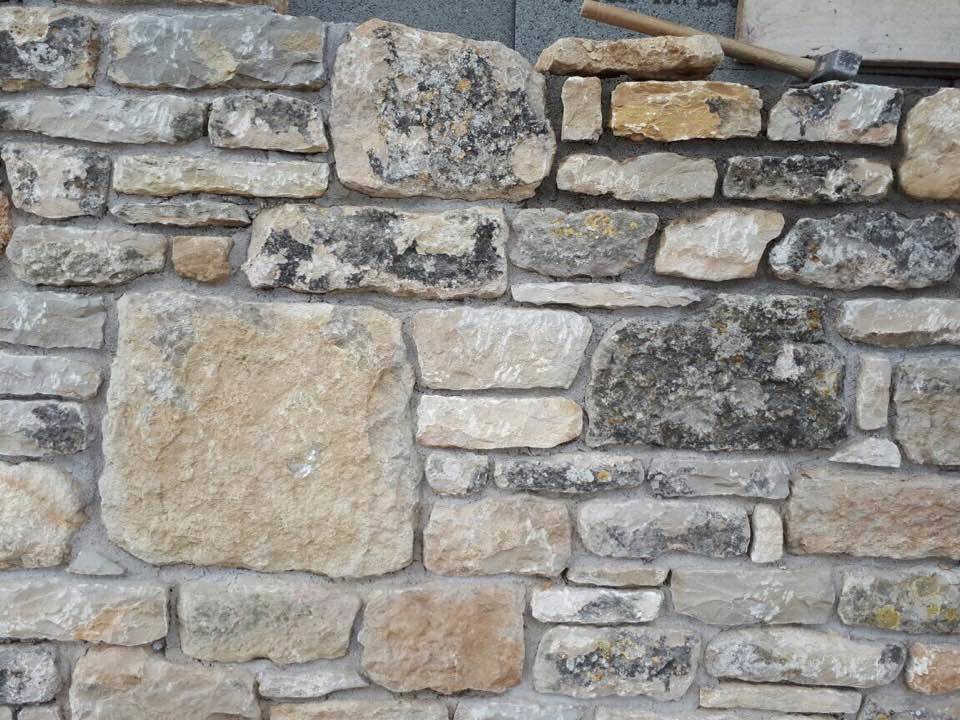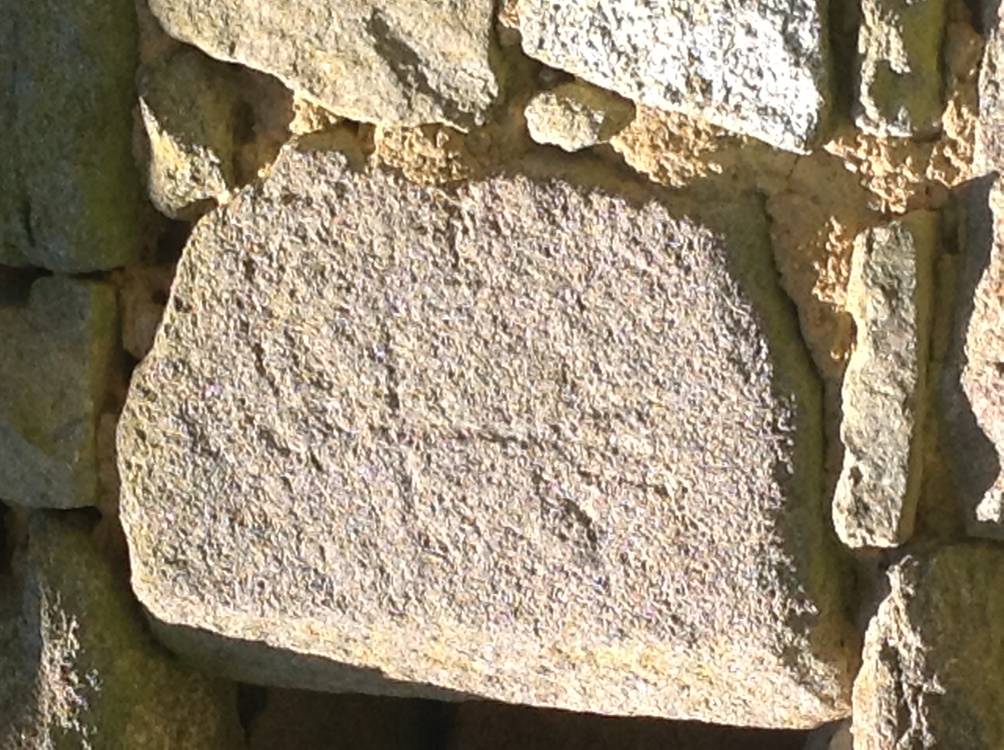
My stone house in France was built about 300 years ago and it amazes me every day. I am the custodian of a building that will last for many more centuries. It is beautifully built, weatherproof, almost soundproof and remains at a constant temperature inside of approximately 16 degrees Celcius. Some of the stones are more than a metre long and must weigh an enormous amount. Above and around doorways and windows are arches and triangles, purely made with rock.
My house was originally a small house joined to a barn but now there is a large opening joining them visually, but there is still the original stone sink, the vaulted stone cellar for storage, stone internal walls, a massive fireplace, and defined original areas for people, animals and equipment.
Read more: How to buy a property in France
I admire the feats of skill that were necessary to construct with stone. My attempt to dry wall made me realise how incredibly difficult it must have been to build bridges, castles, artefacts, statues and monuments all those years ago.
Stone construction has stood the test of time for ages and the Egyptian pyramids and the Arc de Triomphe in Paris are great examples. Where other materials, such as timber, have disintegrated because of weathering and insect damage, stone remain from many centuries ago.
In central France, granite was sourced by stonemasons, and the Limousin area is full of granite bridges and buildings. Granite is tough, so it is strong and durable. The stonemasons must have been fine examples of human muscle and fitness, as well as artistry. It is heavy work.

There were stone carvers, stone fixers and monumental masons. As an apprentice, they would have worked alongside the master mason, together with a journeyman (who had completed his seven-year apprenticeship). They would have worked at great heights, and needed good coordination as well as mathematical ability.
In earlier days they would have used animal power to help cart or drag the slabs and heaps, and hoists to lift many metres. Quality takes time, and I can’t imagine how long a team would have worked to construct even a large wall. Not only did they need to choose which stone was best for that section, but each row eventually needs the joints packed with lime mortar to stabilise everything.
Read more: Getting to know my new home town in France
Stonemasons of this area migrated to Paris in the 19th century, because of the expanding construction industry needed there. They walked more than 300km over four days, carrying their tools of trade, but leaving families behind until their return in autumn to help with the harvesting. Much of Paris was apparently built by the hired stonemasons from central France, including the broad boulevards.

It is exciting to meet modern stonemasons who delight in their work, and admire the constructions from their skilled predecessors. It is intriguing watching them estimating which stone they will use for a particular space, with the flattest edge facing outwards. One stonemason emphasised that they only want to pick up a stone once, so it has to be the best one!
Chateaux in the Loire valley were built mainly for defence, whereas in the Limousin area, which is more moutainous, most stone buildings were for agricultural use, such as my barn conversion.

They left their marks on stones, as their signature and I wonder which stonemason chiselled this mark near the coach entrance of my house? If only the stones could only talk…